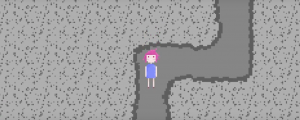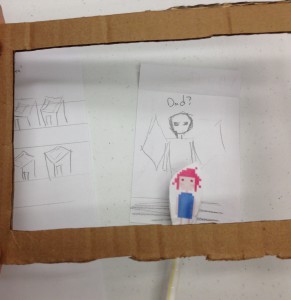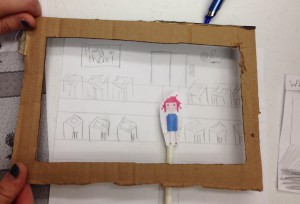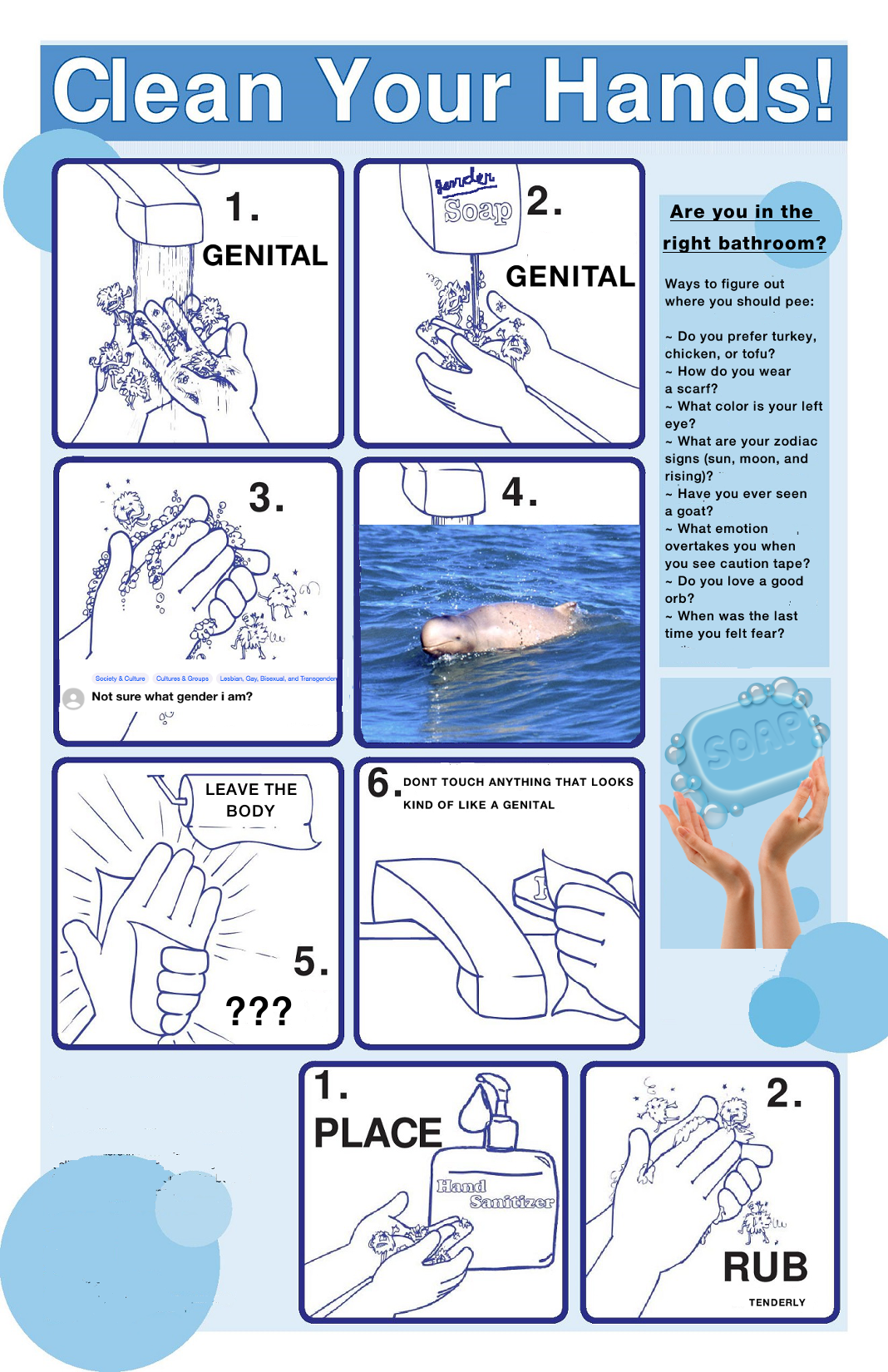Mila is about a little girl (the titular character), who, lonely and estranged from her father, leaves her home to search for him. As she moves forward, the world becomes colder and more unforgiving. Winter trees give way to concrete skyscrapers. When she finally makes it to her father, she finds not a kindred spirit, but a cruel CEO who sends her back to her ramshackle house. She makes her way back to her father again with the intent not of reconciling but of freeing the workers she saw along the way. I was influenced by top-down RPGs like OFF and Undertale, which use a sort of 3/4 view to create a sense of depth and dimension, and Sword & Sworcery EP for its abstracted pixel art style. My intention was for Mila to be a bright spot in a dim and (literally) gray world. I took narrative tone inspiration from Russian novels and games like Spooky’s House of Jumpscares, The Stanley Parable, and Papers Please. I want to create a dismal setting permeated and slowly saturated by hope. I’m attempting to translate this through color and character design. I also plan to include friendly NPCs based on “ugly” animals, such as the star-nosed mole and turkey vulture, to create a reversal of the common Disney-esque trope of a female main character befriending cute woodland creatures. Mila is also ragtag and disheveled for this reason.
My state of the game focused on translation of idea through visual aesthetic, and this was mostly successful; even without more than one map or a narrative, players gleaned that Mila was searching for something important to her, and that she was a very hopeful character in a dreary world. I received some feedback about tile texture and made some adjustments accordingly; the workshop was very helpful in figuring out how to make certain textures (concrete, asphalt) read to a player in game space. Players also commented on Mila’s lack of a mouth, which I had intended as an artistic abstraction but which read as a conscious choice to show the character as quiet. I chose not to change this aspect of Mila’s character model because I don’t think the observation of her as quiet is incorrect and I am fine with the character being viewed this way.
The paper game stage was very helpful for me in figuring out the layout of my story; I settled on a relatively linear progression mostly because of time constraints in the development process, but also because I felt it could get my meaning across simply and effectively. Players progressed mostly the way I expected them to, although I did receive some unexpected feedback about the presence of combat in the game, which led me to nix combat for the most part and look for other ways to portray and resolve conflict. Players thought that Mila attacking enemy NPCs broke an illusion of her “goodness” and that violence was unnecessary in the game.
Development has been rocky less in terms of problem with code and programs but more so in terms of decisions about art assets and narrative choices. I’m currently struggling with the decision of whether or not to use dialogue in my game at all. I think dialogue in english might make the narrative feel less universal or more contrived. Players in the paper stage seemed to expect it, and without completed visuals I wasn’t sure how to express the narrative without it, but I would prefer to use pictures and scenes to illustrate meaning rather than dialogue.





